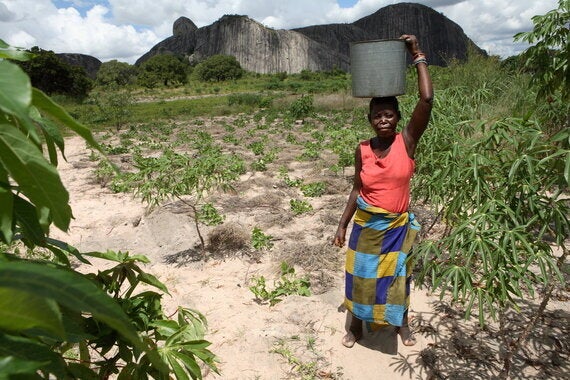
Researchers spend years looking for them, testing them, perfecting them before medical practitioners get to implement them in real life. I'm talking about cures. They've discovered one for malaria and for TB, and they're still working on one for cancer.
Usually, whatever the illness, once a person has taken the correct course of medication and is infection-free we consider them to be cured. However, having been the chief executive of Lepra, an international charity battling neglected diseases, for six years, I'm starting to wonder when is a cure a cure? If a person no longer has the disease in their system but is living with the debilitating consequences, are they cured?
The Cambridge dictionary defines being cured as 'making someone with an illness healthy again' [1]. In the case of leprosy, one of the diseases we work to tackle, there is a medical cure available and we've been helping people access the relevant multi-drug therapy since 1983. Once a person has completed the treatment, usually over a period of 6 to 12 months, the medical world says they have been cured.
However, it is hard to evaluate whether an individual whose leprosy bacteria have been killed by antibiotics but has lost fingers and cannot feel patches on their body that are then prone to burns and cuts, is in fact healthy. After all, such lasting anesthesia, an effect of the disease, can lead to infections and further ill health.
Like with other diseases, the person may no longer be infectious but could face a lifetime living with the consequences. With leprosy that can mean nerve damage, as well as severe disabilities to hands and feet and even blindness. Does that individual feel that they have been cured or is it a medical conceit?
That's why, at Lepra, we don't just work with children, women and men until the point that they've finished their course of drugs. We look at their whole life after having experienced leprosy and find ways to improve it. To us a person is cured when they believe that their life has returned to normal and they can participate fully in their community.
We might do this by providing reconstructive surgery and physiotherapy services to reduce the physical burden leprosy may have left. Our protective shoes are also a part of assisting a person after the disease has been treated. They are customised to individual needs and help to protect any patches of anesthesia on the feet. This reduces the risk of infection.
We set up self-help groups that bring people together who have shared similar experiences and provide training in various skill sets. These, along with the groups' micro loans, offer an opportunity for a person to set up a small business and earn a living.
So, perhaps, if leprosy is not detected before disability or stigma sets in, a person isn't ever fully cured. However, through these activities, we look to relieve some of the burden of having been affected by a neglected disease and try to improve the overall health and well-being of a person.
We also continue to provide health education to communities so that they know where to access help and what the symptoms are. That way we can prevent fewer people having to live with the effects of a disease and truly live a life free from a disease that has actually been cured.
To find out more about Lepra's work, visit: www.lepra.org.uk